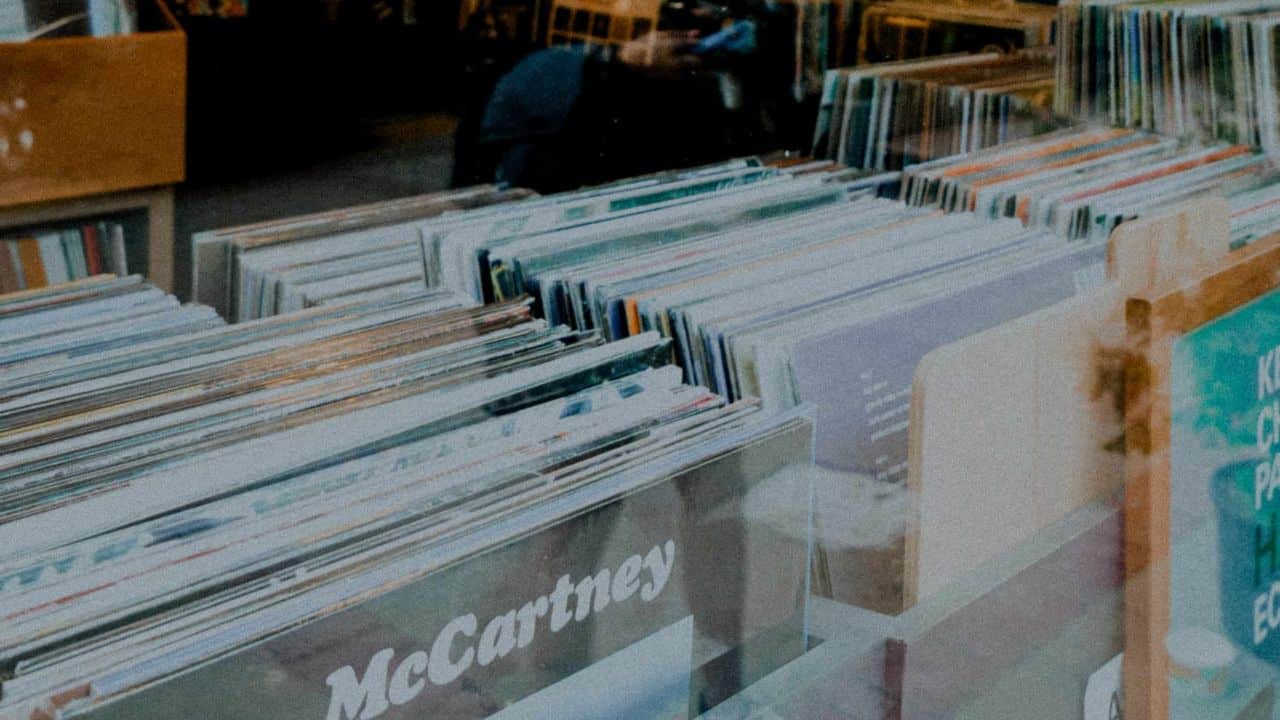

Vinyl vs. Digital: How Mastering Makes All the Difference
Vinyl has staged a comeback in recent years, defying the digital age’s dominance of music consumption. In an era where high-resolution streaming audio reigns supreme, why do some music enthusiasts still prefer to listen to vinyl records? While ownership of a tangible product plays some role in consumers’ decision-making process, the main answer lies in the mastering process. One of the critical differentiators between vinyl and high-resolution streaming audio is the source material. Physical records and streaming files are often created from different masters. When an older album undergoes remastering for digital platforms, it often sacrifices dynamic range for more volume and improved detail. These remastered versions are much louder, aiming to compete with modern mastering volumes. Unfortunately, the pursuit of loudness can compromise the overall quality of the recording, resulting in a loss of depth.
Mastering for vinyl is entirely different from mastering for digital platforms. Vinyl imposes technical limitations on how far a mastering engineer can push the audio in various directions. While digital masters can have a 16-bit word length and be as loud and limited as needed, vinyl masters must adhere to physical limits dictated by the cutting head of the lathe. This results in heavily clipped masters, often favored in digital formats, which are not suitable for physical records.
Vinyl sounds best when sourced from a 24-bit recording with plenty of dynamic range. This mastering process usually involves combining low bass frequencies with mono (anything below 150Hz) and reducing the high-end frequencies above 15kHz. Suppose the master is excessively loud, which is common in digital recordings. In that case, it will require more vinyl surface area or a reduction in dynamic range compression to fit within the limitations of the vinyl medium.
So, why do people still buy vinyl records in an age of pristine, high-resolution streaming audio? The answer lies in the pursuit of a less dynamically compressed master. Vinyl’s constraints force a more careful approach to mastering, preserving the music’s natural dynamics and subtleties. This results in a warmer, more authentic listening experience for those who appreciate the nuances of music.
Vinyl records and turntables continue to captivate music lovers seeking a deeper connection with their favorite tunes. Vinyl’s appeal lies in its ability to offer a traditional listening experience, driven by the mastering process that prioritizes dynamic range and authenticity to the original record. While high-resolution streaming audio is convenient for casual on-the-go listening, it sacrifices the sonic integrity intended for sound.
Image Credits: Vitalii Mazur on Unsplash


- Arodes cover Interview
- Armin van Buuren: Breathing In [Exclusive Interview]
- Ibiza 2024: What To Expect
- Burak Yeter: A Day In Space [Exclusive]

